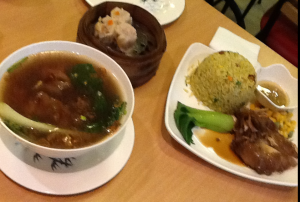 Bethany Ao’s story is a familiar one for many who grew up Chinese American (photo by Renzelle Mae Abasolo).
Bethany Ao’s story is a familiar one for many who grew up Chinese American (photo by Renzelle Mae Abasolo).
In her blog for the Daily Northwestern, she talks about being embarrassed in grammar school by the Chinese foods she packed for lunch.
She recalls how children would laugh at her.
That incident stuck with her throughout her early years and she learned to hide her Chinese culture.
That continued in high school when she went on a student trip to China with a largely white group of students. She says they began to isolate her because she would speak fluent Chinese to the natives. She felt she didn’t gain the group’s acceptance until she stopped speaking Chinese.
LATEST STORIES
She knows now that she was wrong.
“I am proud of my Chinese American identity and I am never again going to let someone strip away that pride and replace it with shame,” she writes. “I don’t have to pretend to be more “white” than I am to be an equal. Being American does not mean I have to be white, and the American half of my identity can coexist peacefully with the Chinese half.”
You can read how she made this transformation in the Daily Northwestern.
Do you have similar experiences. You are welcomed to share them here.

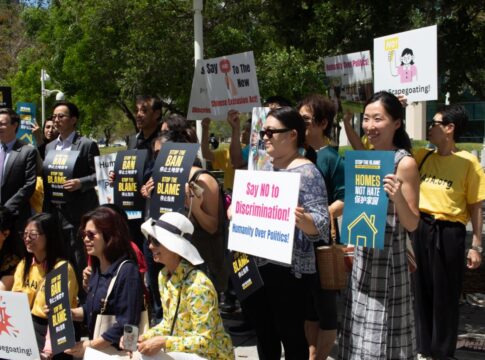
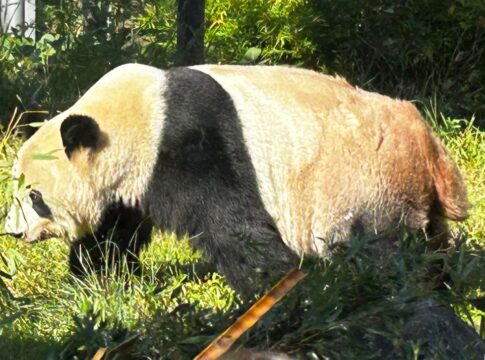
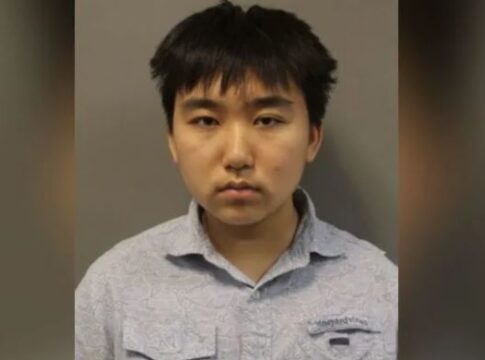
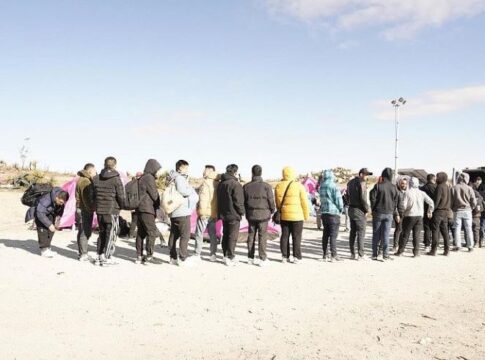



RE: No shame in being Chinese American: Thanks for sharing this article, and Bethany Ao for sharing her experiences. In the description of her elementary school experiences, Ao contrasts the image she maintained inside the classroom to the reality of herself outside of the classroom. This difference seems to mirror my own experiences in elementary school. Like Ao, I attended Chinese classes, loved to watch Chinese TV shows with my family when we had time together, and enjoyed Chinese food the most. But besides that, I also loved to go shopping with my mom in Chinatown on the weekends, (I liked to go around picking up things to show to her), was an avid listener of (patriotic) Chinese music, or at least the music recorded on the cassette tapes that my mom brought over from China, and I even pestered my grandpa to teach me tai chi that I saw him get up early each morning practicing, (he never did though, and repeatedly stated that it was only to be used for health maintenance and self-defense).
Inside the classroom, I was teased for my lack of popular fashion sense, (my parents were no patrons of “Abercrombie, American Eagle and Aeropostale”), picked on to be the punchline of every joke with an Asian stereotype, and I found it especially difficult to make friends outside of the Chinese classes that I took in 6th and 7th grade. I remember back in middle school, during a group activity, I was told by a white Australian girl, who had just emigrated from Australia with her father, that she did not want to work me because I was Chinese. She explained that China was a dirt-poor, communist country that starved and murdered millions of its own people. She went on to tell everyone in the group that she had Taiwanese friends and confirmed that China was looking to invade Taiwan. I was stunned and hurt. I tried to defend myself by saying that Taiwan was part of China, but she, along with the rest of the all-white students in the group, laughed at my attempts to diffuse the situation. Eventually, our allotted time passed, and we changed groups.
At the time, I did not understand the geopolitical warfare, the toxicity that broke out of the history between China and Taiwan. More importantly, I had trouble coming to terms with my love and respect for my Chinese heritage, the racist vitriol from white folks, and especially the hatred directed towards me from Taiwanese folks because I seemed to have sided with the wrong “China”. All I wanted was for people to see China as something other than an evil country where families like mine emigrate from and are suspect. However, as much as I would have liked to resolve things peacefully, I took a more confrontational approach. I bullied my white and black peers, picked fights with kids physically bigger than me on the school playground, and made it a habit of frustrating my teachers and school administrators. By the time I left middle school, I was so emotionally drained that I was happy just to be stereotyped as a model minority.
Near her closing paragraphs, Ao deduces from her experiences that “to validate [oneself] as an equal through the standards of [whiteness]” is unacceptable. I would also add that the responsibility of dismantling white supremacy is on whites, and whites only. The idea is that there is no need for us to validate ourselves as an equal through the standards of whiteness when we respect our Asian American experiences, when we choose to respect our personal experiences. Ao makes it clear that it took her 15 years to re-embrace her Chinese American identity, and given the potential rise of China and continued racial stereotyping of Chinese Americans, it will be interesting to see how the next 15 years will unfold.